Holding a tarantula can be an exciting experience for any arachnid enthusiast, offering a unique opportunity to interact with these fascinating creatures. However, it’s crucial to approach this activity with caution and respect for the spider’s well-being. This step-by-step guide provides the necessary knowledge and techniques to safely handle a tarantula, ensuring both your safety and the spider’s comfort. From understanding their behavior to mastering the handling techniques, this article will equip you with the expertise to confidently hold a tarantula.
Understanding Tarantulas and Their Behavior
Before attempting to hold a tarantula, it’s essential to understand their natural behaviors and how they react to stimuli. Tarantulas, despite their intimidating appearance, are generally docile. They are not aggressive and usually prefer to retreat or flick hairs (urticating hairs) as a defense mechanism rather than bite. Understanding their stress signals, such as a raised posture or striking stance, is vital for safe handling. Tarantulas are also quite fragile, and a fall from a height can be fatal. It’s important to create a safe and controlled environment.
Why You Might Want to Hold a Tarantula
The reasons for wanting to hold a tarantula vary, but most often stem from a desire to interact more closely with these creatures. For some, it’s about deepening their understanding of tarantula behavior and gaining a sense of connection with them. Others may want to photograph the tarantula in a different context or to simply experience the unique feeling of holding one. Whatever the reason, it’s important to prioritize the safety and well-being of the spider. Holding a tarantula can also be a great educational experience, allowing you to share your passion for arachnids with others.
Considerations Before Handling Tarantulas
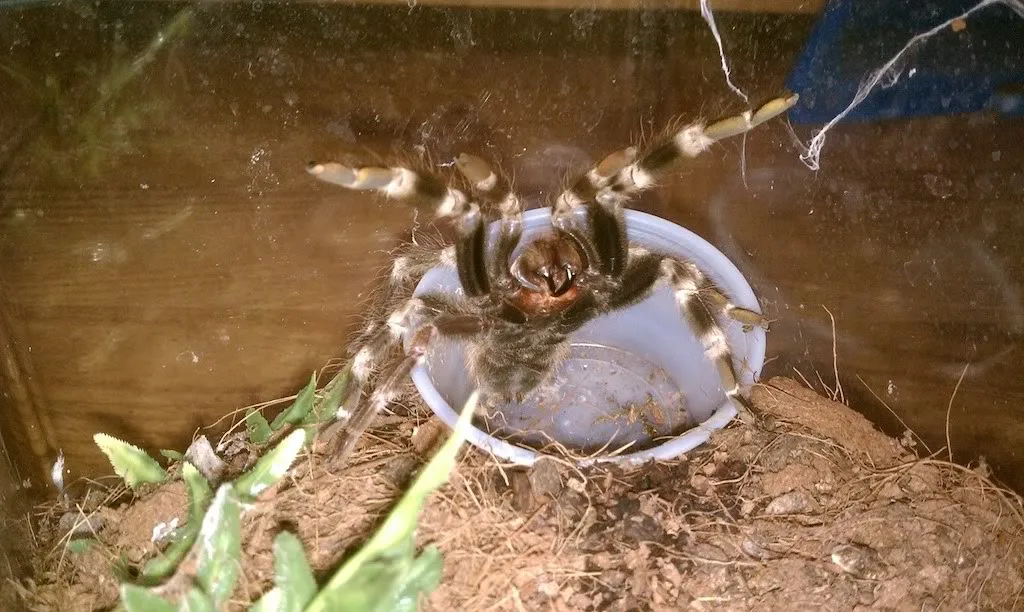
Not all tarantulas are suitable for handling. Certain species are known to be more defensive or have a stronger venom. It’s important to research the specific species you intend to handle and understand its temperament. Additionally, consider your own comfort level and experience. If you are new to tarantulas, it’s wise to start with a less defensive species under the guidance of an experienced handler. Always ensure you are calm and composed; tarantulas can sense stress, which might make them more likely to react defensively. Make sure there are no distractions that could cause sudden movements and potential harm to the spider.
Choosing the Right Tarantula Species
Certain tarantula species are known for their docile temperaments and are generally more suited for handling than others. The Chilean Rose Hair (Grammostola rosea) and the Mexican Red Knee (Brachypelma hamorii) are often recommended for beginners due to their relatively calm nature. However, individual tarantulas can have different personalities, so observation and caution are always necessary. Research the specific species you own or plan to hold, paying attention to their typical defensive behaviors. Avoid species known for being defensive or quick to bite, especially if you are new to tarantula handling. Always prioritize your safety and the well-being of the spider.
Preparing for Your First Tarantula Handling Experience
Before attempting to hold a tarantula, thorough preparation is essential. This involves setting up a safe environment, gathering necessary equipment, and understanding the spider’s behavior. Rushing the process can lead to stress for the tarantula and increase the risk of a negative interaction. Taking your time and focusing on a calm, controlled approach will significantly enhance the experience and ensure the safety of both you and the tarantula. Remember, patience and respect are key to a successful and positive handling experience.
Gathering Necessary Equipment
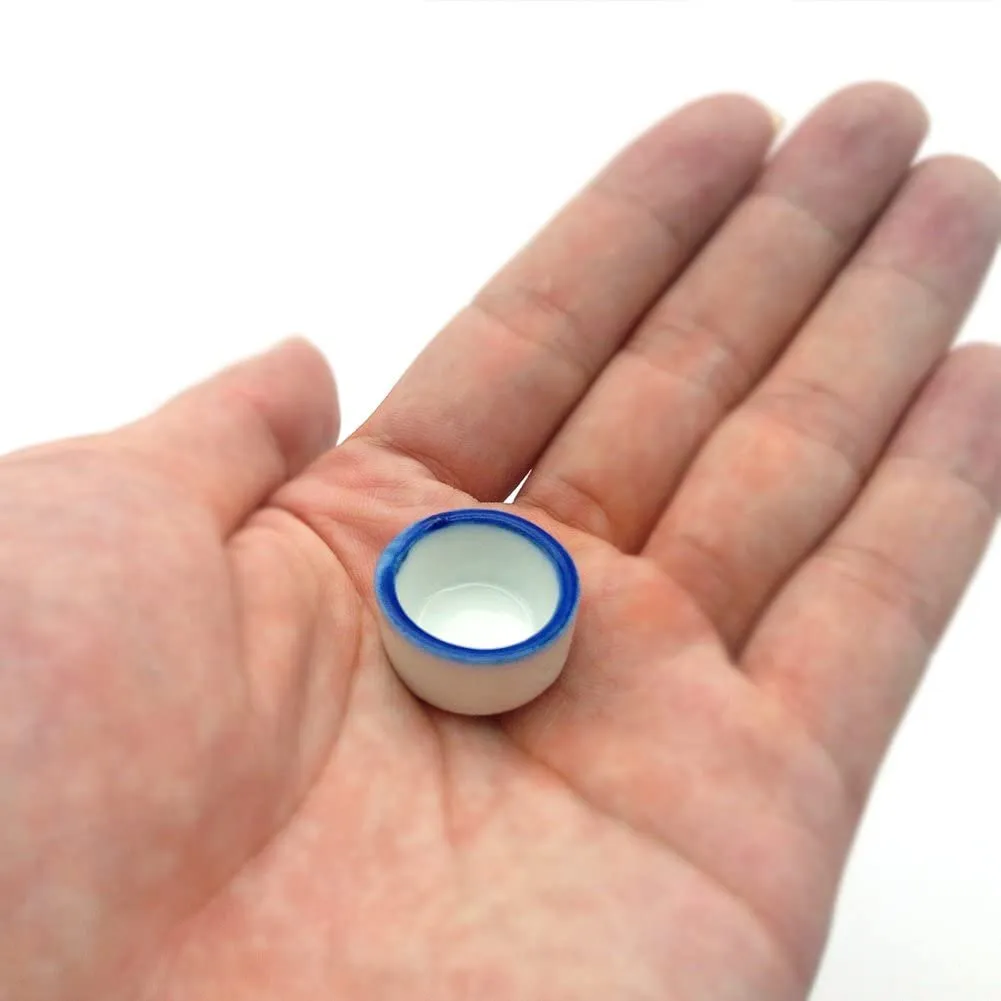
Gathering the right equipment is a crucial step in preparing to hold a tarantula. You’ll need a clear, spacious container to safely transfer the tarantula. This should be large enough to accommodate the spider without crowding it and should have a secure lid to prevent escapes. Soft, clean gloves can protect your hands, although many experienced keepers prefer bare hands for better tactile feedback. A soft brush can be helpful for gently coaxing the tarantula onto your hand or into the container. Always have a backup plan, such as a suitable enclosure or container, ready in case the tarantula becomes agitated or difficult to handle.
Creating a Safe Environment
The environment in which you hold the tarantula should be as safe and controlled as possible. Choose a location where you can sit or stand comfortably, and where there are no sudden movements or loud noises that might startle the spider. Consider doing this over a soft surface, like a bed or a carpeted floor, to minimize the risk of injury if the tarantula falls. Ensure that there are no potential escape routes. Clear the area of any distractions, such as pets or children, and inform anyone else present to remain calm and quiet. The goal is to create a stress-free atmosphere.
The Step-by-Step Guide to Safely Holding a Tarantula
The process of holding a tarantula should always be approached with caution and respect. This step-by-step guide breaks down the process into manageable phases, emphasizing the importance of patience, observation, and a calm demeanor. Following these steps will significantly reduce the risks and create a positive experience for both you and the spider. Remember that every tarantula is unique, and it’s essential to adjust your approach based on their individual behavior and response.
Approaching the Tarantula
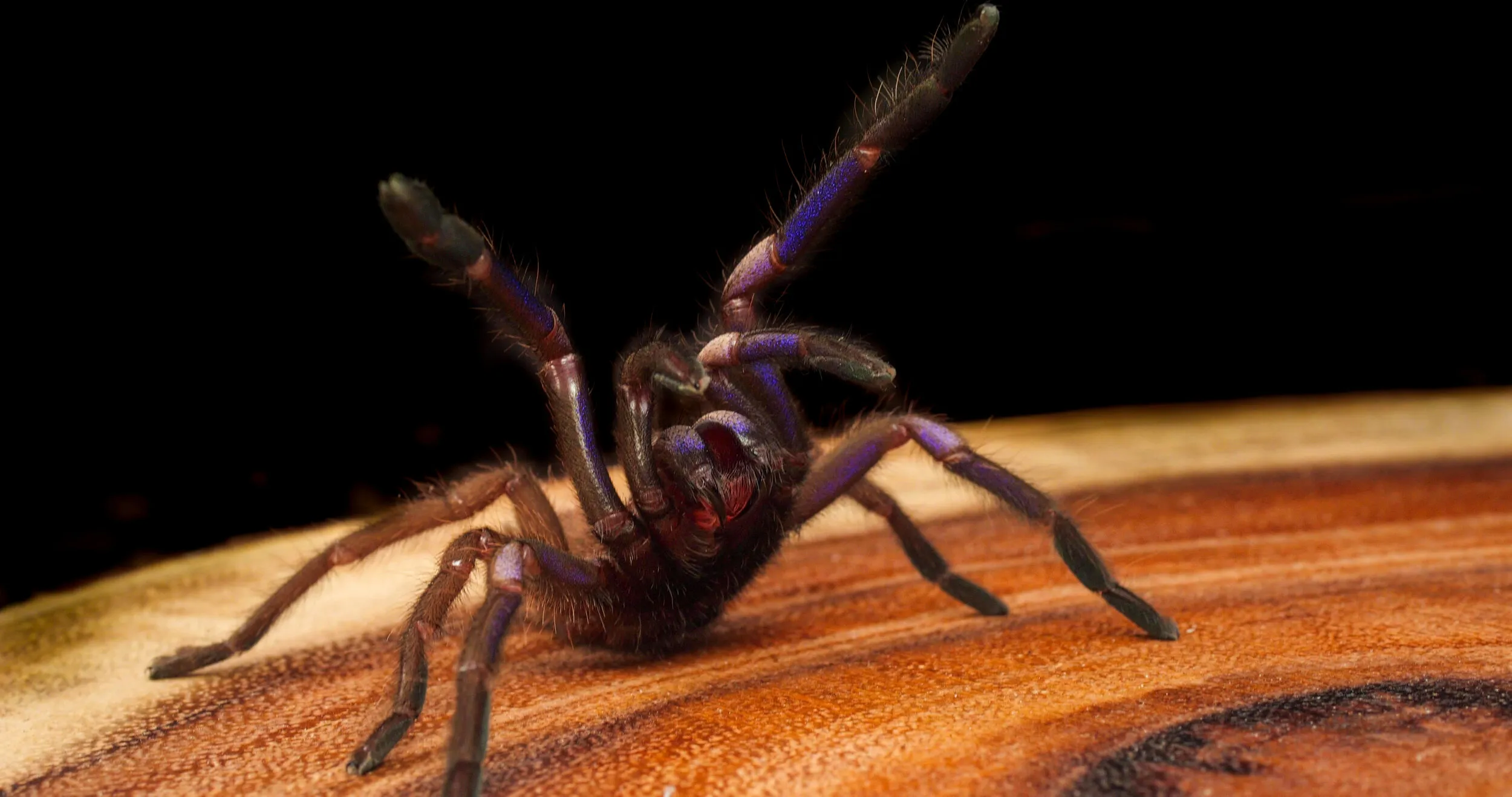
Before attempting to pick up your tarantula, carefully observe its behavior. If it is calm and relaxed, then you can start. If the tarantula is exhibiting defensive postures, such as raising its front legs or showing its fangs, it’s best to postpone the handling session. Approach the tarantula slowly and gently, speaking softly to reassure it. Avoid making any sudden movements or loud noises that could startle the spider. Use a soft brush to gently coax the tarantula if it’s in its burrow or a position that does not allow safe handling, trying to guide it toward a suitable container or your hand.
The Scoop and Lift Method
The scoop and lift method involves gently scooping the tarantula’s legs with your hand, allowing it to step onto your palm. Alternatively, you can gently lift the spider from underneath, supporting its body. Avoid grabbing the tarantula; instead, allow it to walk onto your hand at its own pace. Keep your movements slow and steady. If the tarantula is hesitant, you can gently encourage it with a soft brush or by slightly tilting the enclosure. Always keep a close eye on the spider’s behavior and be ready to gently put it back if it shows signs of stress or discomfort.
Handling Techniques
Once the tarantula is on your hand, support its body gently but firmly. Avoid squeezing the spider, as this can cause injury. Keep your movements slow and deliberate, and avoid making any sudden changes in direction. Keep your other hand ready to gently guide the tarantula if it starts to move. Hold the tarantula over a soft surface, like a bed or a couch, to minimize the risk of injury if it falls. Speak softly to the tarantula to reassure it. Be mindful of the tarantula’s behavior throughout the handling session, and be prepared to put it back in its enclosure if it shows any signs of stress.
Dealing with a Tarantula Bite
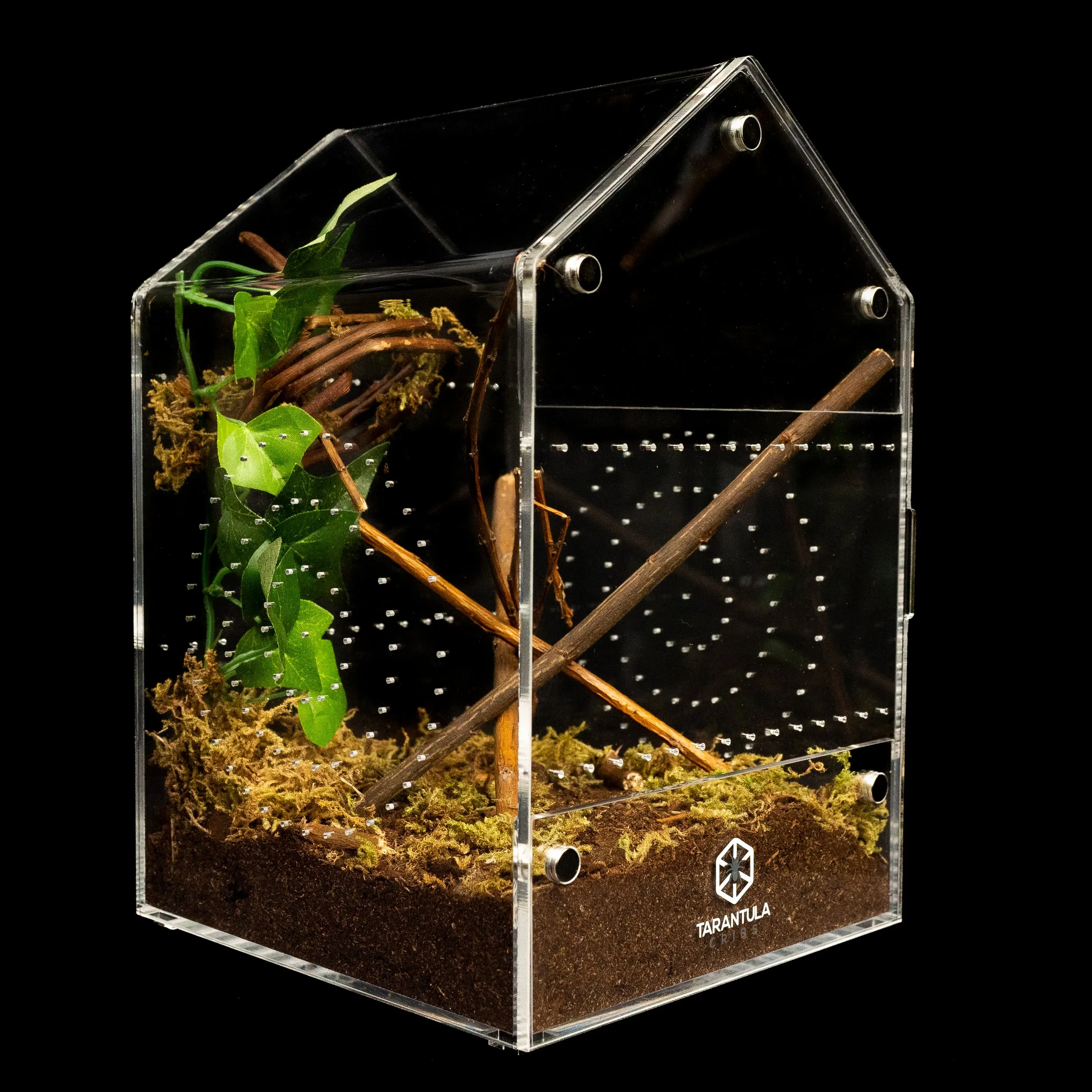
Tarantula bites are rare, but it’s important to be prepared. If you are bitten, remain calm and assess the situation. While the venom of most tarantulas is not considered life-threatening to humans, it can cause localized pain, redness, and swelling. Clean the bite wound thoroughly with soap and water. Apply a cold compress to reduce swelling and pain. If symptoms are severe or if you experience any signs of an allergic reaction, such as difficulty breathing or swelling of the face or throat, seek immediate medical attention. Most tarantula bites are similar to a bee sting in their effect.
Post-Handling Care and Safety
After holding your tarantula, proper post-handling care is essential for your safety and the spider’s well-being. This includes cleaning your hands and observing the tarantula’s behavior. This is also an opportunity to assess the experience and identify areas for improvement. By following these steps, you can minimize any potential risks and ensure a positive experience for both you and your tarantula. The final key is to always prioritize the health and happiness of the spider.
Cleaning and Sanitizing Your Hands
After holding a tarantula, it is essential to thoroughly wash your hands with soap and water. This helps to remove any potential irritants or venom residue that may be on your skin. Make sure to scrub your hands for at least 20 seconds, paying close attention to areas like under the fingernails and between the fingers. Use a clean towel to dry your hands completely. Consider using hand sanitizer as an additional step to ensure proper hygiene. Proper hand hygiene is crucial not only for your own health but also to prevent the spread of any potential contaminants.
Observing the Tarantula’s Behavior
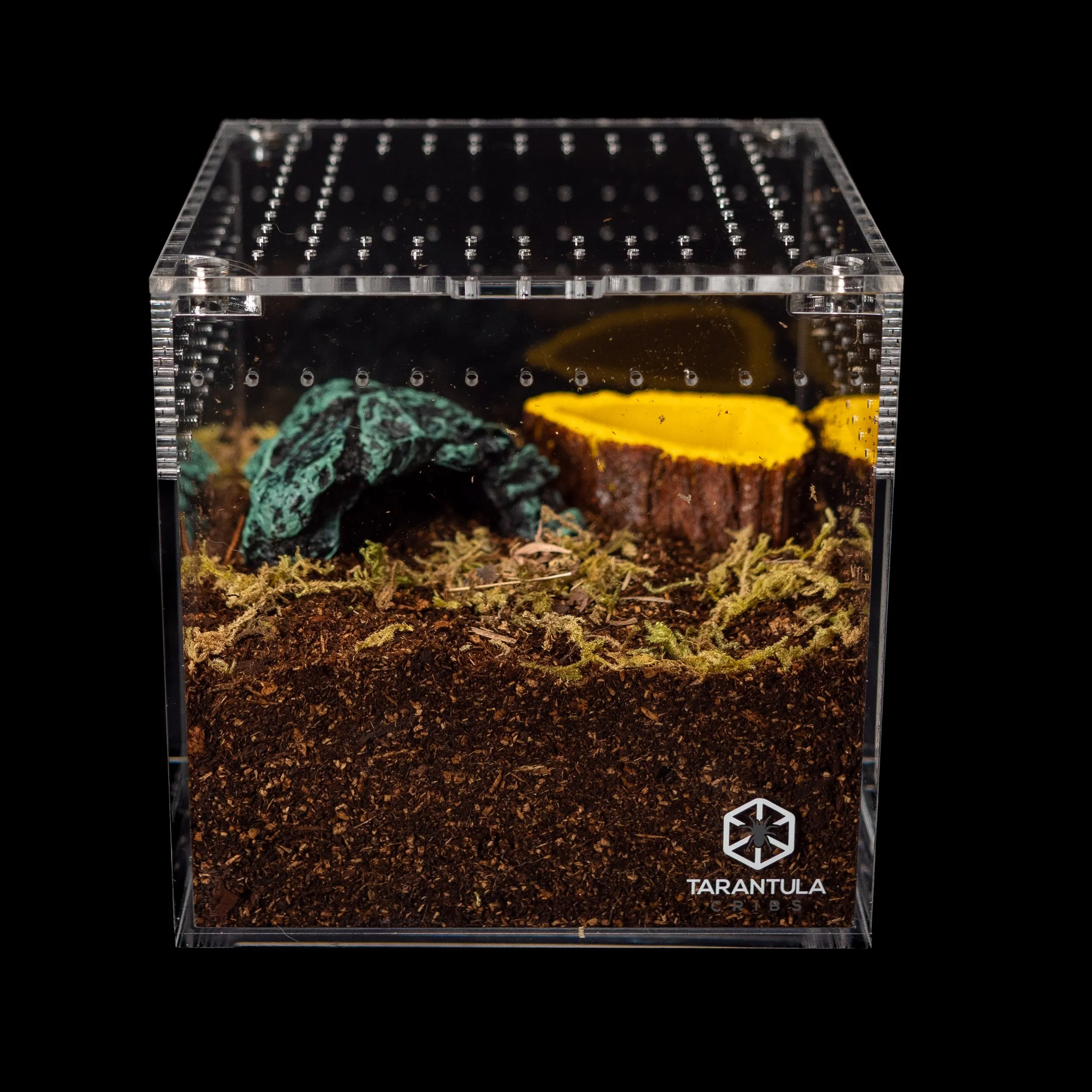
After handling your tarantula, observe its behavior for a while. Check for any signs of stress, such as a change in posture or excessive movement. Ensure that the tarantula is back in its enclosure and is comfortable. Watch for any signs of injury, such as limping or a change in its feeding habits. If you notice any unusual behavior, make sure to assess the situation and consult with a veterinarian or experienced tarantula keeper. Careful observation will help ensure the long-term well-being of your pet tarantula. Remember that handling should always be a controlled and safe experience for the spider.
Holding a tarantula can be a rewarding experience if approached with knowledge, respect, and caution. This guide has provided a comprehensive overview of the necessary steps to safely handle a tarantula. By understanding the spider’s behavior, preparing the environment, and following safe handling techniques, you can create a positive experience for both you and your fascinating pet. Remember, the well-being of the tarantula should always be the priority. Enjoy the amazing world of tarantulas, and always put their safety first.
